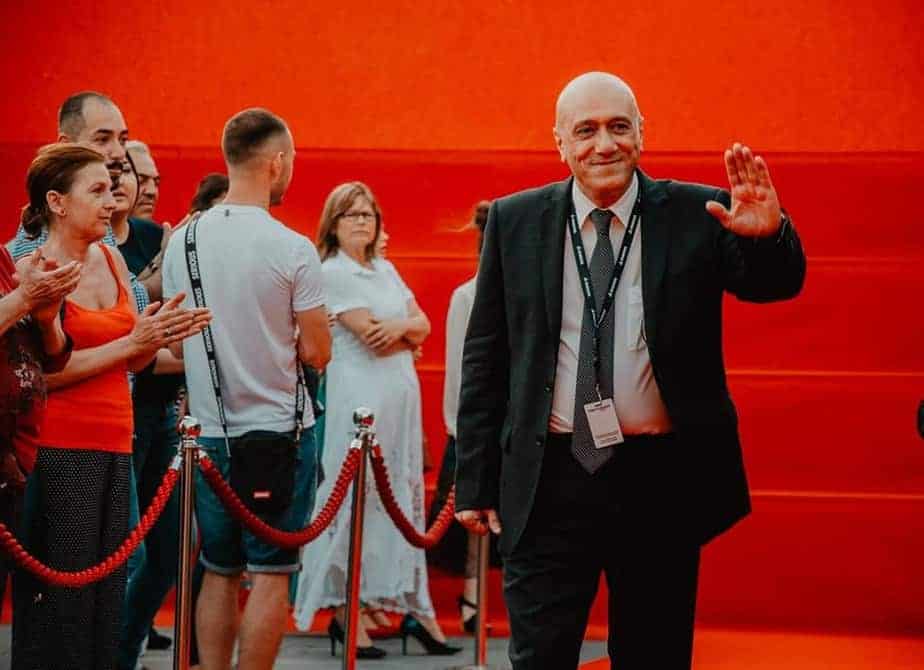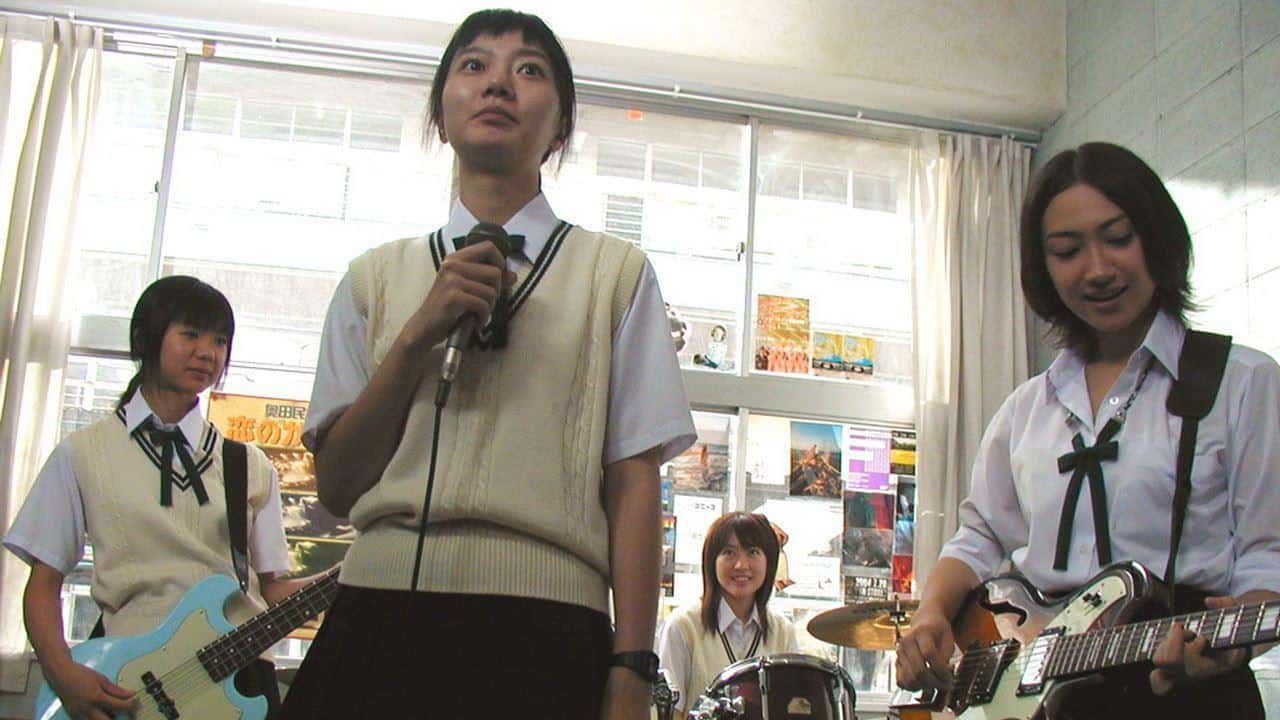Wanphrang K Diengdoh is an independent film maker and is the founder of red dur, a collective space for films and music. His works reflect his interest in the culture and politics of the space he comes from. In 2011, his debut short film ‘19/87' bagged all the awards at the Guwahati International Short Film Festival. His documentary “Where the Clouds End” (2013), touching the subjects of tribal identity and border politics, premiered at the Royal Anthropological Institute, Bristol and was also screened at RAI festival in Los Angeles. It was also screened at the United Nations World Urban Forum, Medellin, Columbia. In 2017, he completed his 92 minute documentary “Because We did Not Choose” about the participation of tribal labour in the First World War. The film shot in India, France, England and Wales took four years to complete. When not making films or sound installations, he writes poetry and makes music. His poems have also been translated into several languages. He is one third of the politico-punk band Tarik and the frontman of #khasinewwave music project Ñion. We sat to talk with him about his fiction feature debut Lorni – The Flaneur world-premiering at Tallinn Black Nights Film Festival.

When it comes to film noir, the viewers automatically imagine either a huge metropolis, or a really small town. How could possibly Shillong fit the profile?
It fits the profile really well actually, in the sense that it is a small town and with small towns the world over, they become cities almost overnight. This was pretty much the case with Shillong when I came back after years of being elsewhere. Every time I arrived, I noticed some transition to a bigger city. The road has been widened or a lane is now motorable. These are just small examples or indicators but the interesting thing is that everyone still knows everyone, especially if you have lived there all your life. This also has largely to do with the kind of social dynamics and structure the place has- the clan system. Also, Shillong is not so much organized according to class, so you are exposed to all extremities in terms of wealth. I think this really grounds you as far as understanding the society.
The mixture of languages is just amazing. Do the people in Shillong actually speak like that, not just in the sense of speaking multiple languages, but also switching from one to another in the middle of the sentence?
Shillong is made up of people from different linguistic backgrounds and ethnicities. I speak and think in Khasi but I switch to English or Hindi whenever it is necessary. This is also true for a lot of people from the country. But apart from the language that these people traditionally speak, there are also new languages emerging that come about, because of an interaction between different linguistic communities in urban and sub-urban spaces. I am very interested in the street Khasi that a lot of the younger generation speak, which, apart from Khasi, is a mishmash of Hindi, English, Bengali, Nepalese. It is a true reflection of the historical and cultural diversity of the area.
Lorni is also a Khasi word, am I right? Can you explain it more?
Yes, you are right. Lorni just means nosey and inquisitive about other people's lives in the Khasi language. I love how it rolls out from your mouth when you say the word.

And the fantasy (of sorts) layer of the film is also firmly based in local traditions, philosophy, beliefs?
Yes all the fantasy, lore and legends are all deeply rooted in the tradition and philosophy of the Khasis. We had always an oral tradition and only had the written form in the 1840s. What this also meant was that we had to rely on our words and stories and music as the medium to carry forth our identity, history, science, cosmology, religion and our way of life. Of course things are changing now and the majority of the population can read and write and I am lucky to be a filmmaker to document this clash between the old and the new. I also grew up in the 90s when cable TV first arrived in India. What this meant was that our grandparents and the hearth were no longer the centre for legends and folktales and family meetings. The television became the focus for family gatherings and even our grandparents were now subjected to the stories coming out of the box.
You made your film on a minimum budget, but you had a big name actor. How come?
Voodoo! No, I am kidding. But yeah, in hindsight there is some magic there. I was mentoring a huge group of first time actors and I wanted Adil to conduct an acting workshop as well. We met at a cafe in Delhi and I explained to him what I was trying to do. I didn't hear from him for a while and I thought that was that. Meanwhile, I was still looking for Shem's face (the protagonist in the film) but without any luck. Finally, I got a call from Adil and was expecting him to say that he could not commit to the film because he was preoccupied etc. but to my surprise, he said he wanted to play the role of Shem. My jaw dropped, he said he really loved the script and coming from him, that meant a lot to me. He said he would give me 15 days and I took it up as a challenge. We shot before he arrived in Shillong and wrapped up the shoot well on time. For the 15th day, I also asked him to feature in a music video as well which eventually became the soundtrack for the film.
The project spent many years in development. Did you get tired of waiting?
Not really, it was first conceptualized as a graphic novel about ten years ago together with this amazing Indian writer who is also from Shillong. Back then, I was really involved with the documentary tradition (and I still am) so I was preoccupied with all of that. My last documentary “Because We did Not Choose” about the participation of labour during the First Word War, took 4 years to finish because the research for the film took a while and I had to film all around India and parts of Europe. When it was done, I had a book deal to convert the film into a book but then I told myself I needed a little break from all of this, so I went back to my script vault and pulled out “Lorni – The Flaneur”. There was of course a lot of modifications made. Shillong had changed over the years and I wanted to make the film very contemporary.

Is it possible to shoot the film in guerilla fashion nowadays when everything is pretty much monitored by some kind of authority?
Yes, get arrested but get the footage! All artists, particularly filmmakers and photographers are thieves. We are stealing from reality all the time and attempt to immortalize what we have stolen. I shan't get into a discourse on ethics and all of that but yes, I think with the kind of technology we have at our disposal, filmmaking has become so much more democratic and accessible to everyone. Also, I think we should always ask ourselves one question and that is “Is it worth the risk?”. If the answer is yes, do it.
You are also an active musician and one of your bands performed in the film. How is music important to you personally and for the cinema of India?
Yes, I play for a couple of bands. Music is very important for my films because I can safely say that my foray into the arts has been through music. Words are always just mere expression of an emotion but the power of sound is something that has limitless possibilities. Also, editing, just like music. is arranging shots or musical notes to arrive (or not) at some kind of meaning. Both practices are forward moving and time dependent. In all my films, I make sure that there is a particular kind of musical atmosphere that is also another window to understand or comprehend the subject matter at a sonic level. So I guess what you hear in “Lorni” is also a sonic painting of how I imagine Shillong.
I also met my future guitarist- Hammarsing Kharhmar, an excellent musician who has now dedicated his life to understanding Khasi music and philosophy during the scoring of some of those musical pieces. We tracked 4 pieces in a 100 year old building and the energy during the sessions was just out of this world. I realized we had something special happening so we decided to form Ñion. I also spent quite a bit of time looking and sourcing for the other pieces from my musician friends and sometimes even wrote complete scenes around those musical pieces. When we were on set, I remember making Adil listen to the music before we started rolling and that was it, I didn't direct him. He knew exactly what the scene demanded by listening to the music. So yes, I think music is always there at the forefront for all of my films.
Cinema of India is as diverse as its culture. What we see most of the time is Bollywood cinema because they have the resources to push their films and their content out there. Most of the mainstream Bollywood music we hear is an amalgamation of a lot of different genres. I am not an expert in that realm to really discuss it at length but it is regional cinema- ie cinema coming from the periphery or from minority communities who speak a non-Hindi language that really chronicles the diversity of Indian culture and society.

Were you ever tempted to make a musical? Maybe not a typical Bollywood-style one, but something more punkish and liberating? Could “Lorni – The Flaneur” serve as a role model to cinemas of other Indian regions?
Hah! I like that idea a lot, an almost Bollywood punk opera perhaps. That would be amazing! I hope that “Lorni – The Flaneur” can be a model for other filmmakers who constantly think of budget before embarking on their films. I think that idea has to be challenged.















